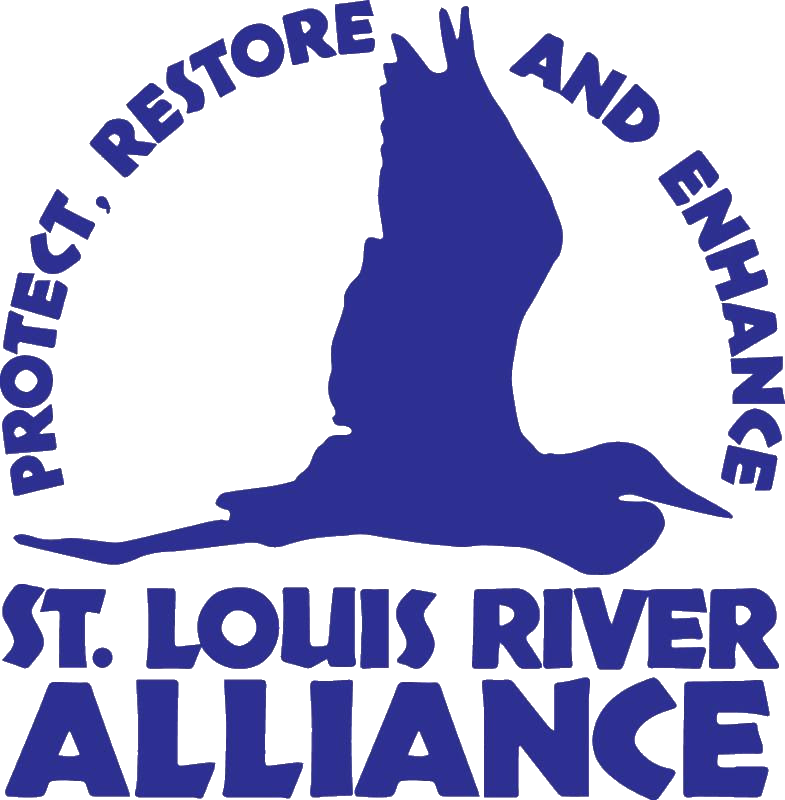St. Louis River Estuary Manoomin Consumption Study
Preliminary Manoomin Consumption Study results are in and things are looking hopeful! This study aims to better understand the core question: How do contaminants in the St. Louis River estuary affect the health of restored manoomin—and the people who eat it? This study is led by Becca Honeyball, Ashla Ojibway, Gigi Diekelman, Eve Milusich, Gavin Dehnert, Deanna Erickson, & Jessica Hua.
You can read the 2025 study overview here. Please note that the results from the first year are a bit limited geographically and we'll know more in the future. This is a work in progress!
The short version on findings include:
2025 Study processing in progress: Thanks to tremendous help from the Manoomin Restoration Partnership, we were able to collect manoomin and sediment samples from 9 estuary bays plus a reference site at Big Sandy flowage! Those samples are undergoing processing at UW-Madison's Hua Lab and with USGS right now. Shout out to the undergrads who are meticulously peeling the husks off of every green rice seed, so green rice can be compared to parched.
2024 pilot study results: We compared results of parched manoomin from Allouez Bay to published heavy metal data for white rice. In most cases, the manoomin appears to have lower levels of heavy metals than what has been reported in white rice. While some PFAS were detected in water and sediment from Allouez Bay, no detectable PFAS were found in manoomin seeds.
Full interpretation of the 2024 results is in progress with support of GLIFWC and the Minnesota Department of Health. We'll share an update at the next Manoomin Restoration Partnership meeting as we get 2025 results back.
What’s next
Full interpretation of the 2024 pilot results is in progress with support from GLIFWC and the Minnesota Department of Health. We will share fuller updates as we have them. Miigwech to everyone who continues to guide, support, and participate in this work.
